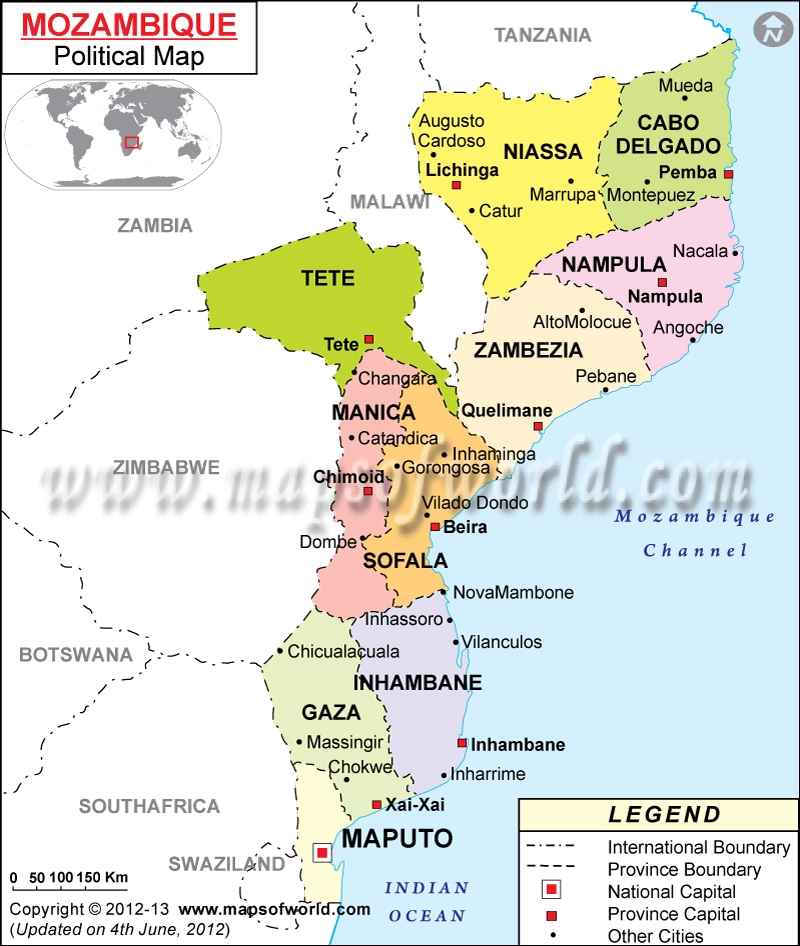In central Mozambique’s Manica province, El Niño has devastated 18,000 hectares of crops during the 2023/24 farming season.
This disaster in Guro district threatens around 75,000 families, or 375,000 people, with potential hunger.
Ernesto Lopes, the Provincial Director of Agriculture and Fisheries in Manica, revealed these numbers, highlighting the severe effects on cereals, vegetables, and legumes.
Crops are still growing, but they are suffering from water shortages. Key areas like Nhamassonge, Mandei, and Mungari face the worst.
Lopes warned of impending hunger if conditions persist. In response, agricultural strategies are shifting.
Farmers are urged to plant near rivers using certified seeds and crops that mature quickly. To combat food scarcity, the focus is on alternative vegetables and drought-tolerant plants.

2023 marks a particularly hard year, with drought hitting nearly all agricultural production and even livestock in areas lacking water resources.
While some food reserves remain from the last season, shortages are expected by June.
Besides Guro, El Niño has also hit Tambara, Machaze, Macate, Gôndola, and Macossa, leading to crop failures.
Extension workers are guiding farmers toward a second planting season, recommending drought-resistant crops like mapira, cassava, and other tubers.
Originally, Guro aimed to harvest 92,000 tons from about 50,000 hectares this season. Now, that goal seems out of reach.
Across Manica, about 72,000 farmers planned to produce 4.4 million tons across various crops.
By the first season’s end, 1,258,921.80 hectares were under cultivation, underscoring the vast scale of the agricultural efforts and the significant setback from El Niño.
This situation underscores the interconnectedness of climate phenomena like El Niño with food security.
The efforts to adapt through alternative farming practices and the push for resilience in agriculture reveal the critical need for preparedness in the face of increasing climate variability.
Background
Mozambique’s reliance on subsistence farming makes it particularly vulnerable to climate phenomena.
The potential for starvation grows as food reserves deplete, which is expected around June.
Efforts to adapt, like promoting drought-resistant crops, are vital but may not fully offset losses.
The situation also strains Mozambique’s already limited resources for aid and recovery.
Besides Guro, the broader impact in Manica suggests a regional crisis. With agriculture disrupted, the economy faces potential setbacks, deepening poverty.
Thus, Mozambique is at a heightened risk of starvation, highlighting the need for immediate and strategic interventions.

